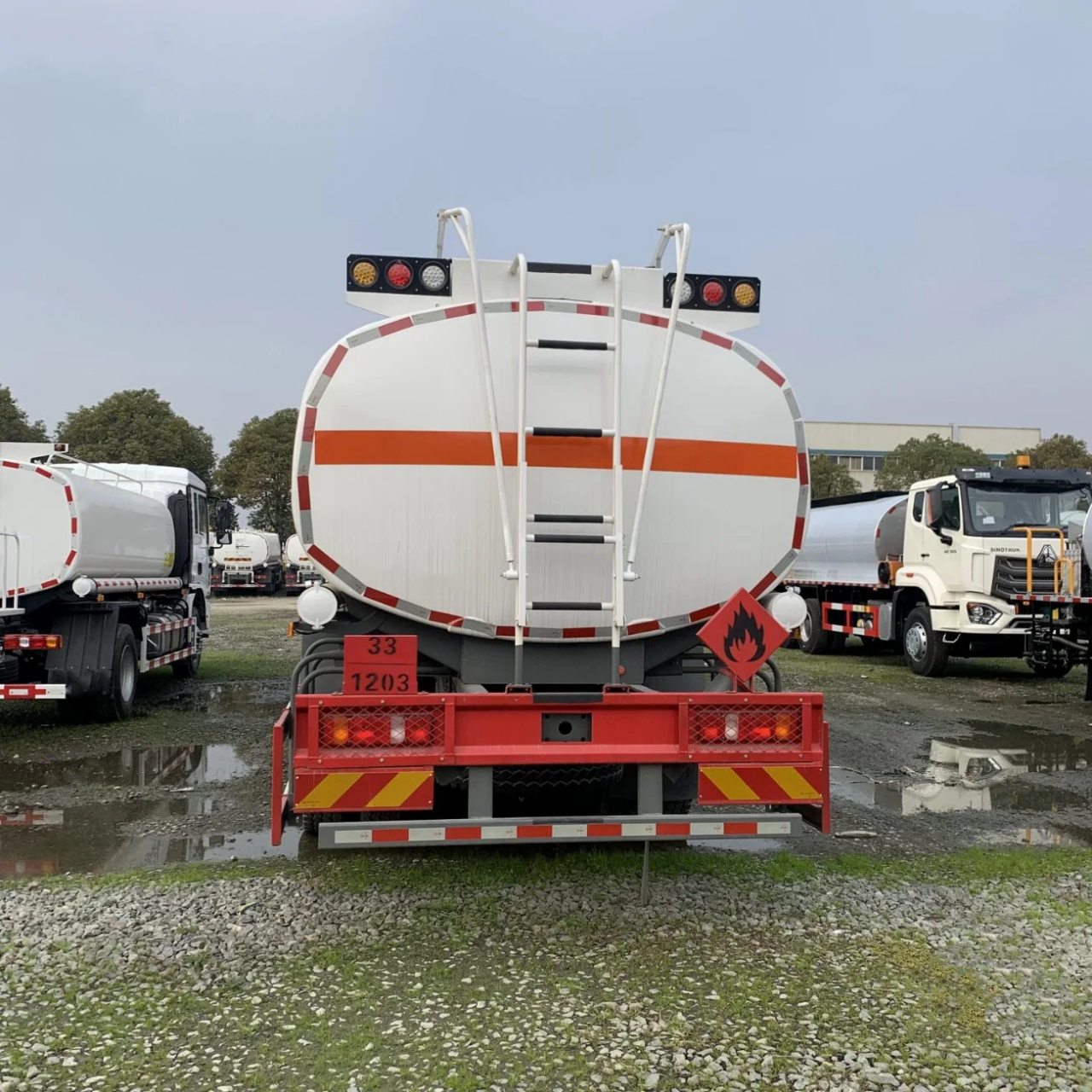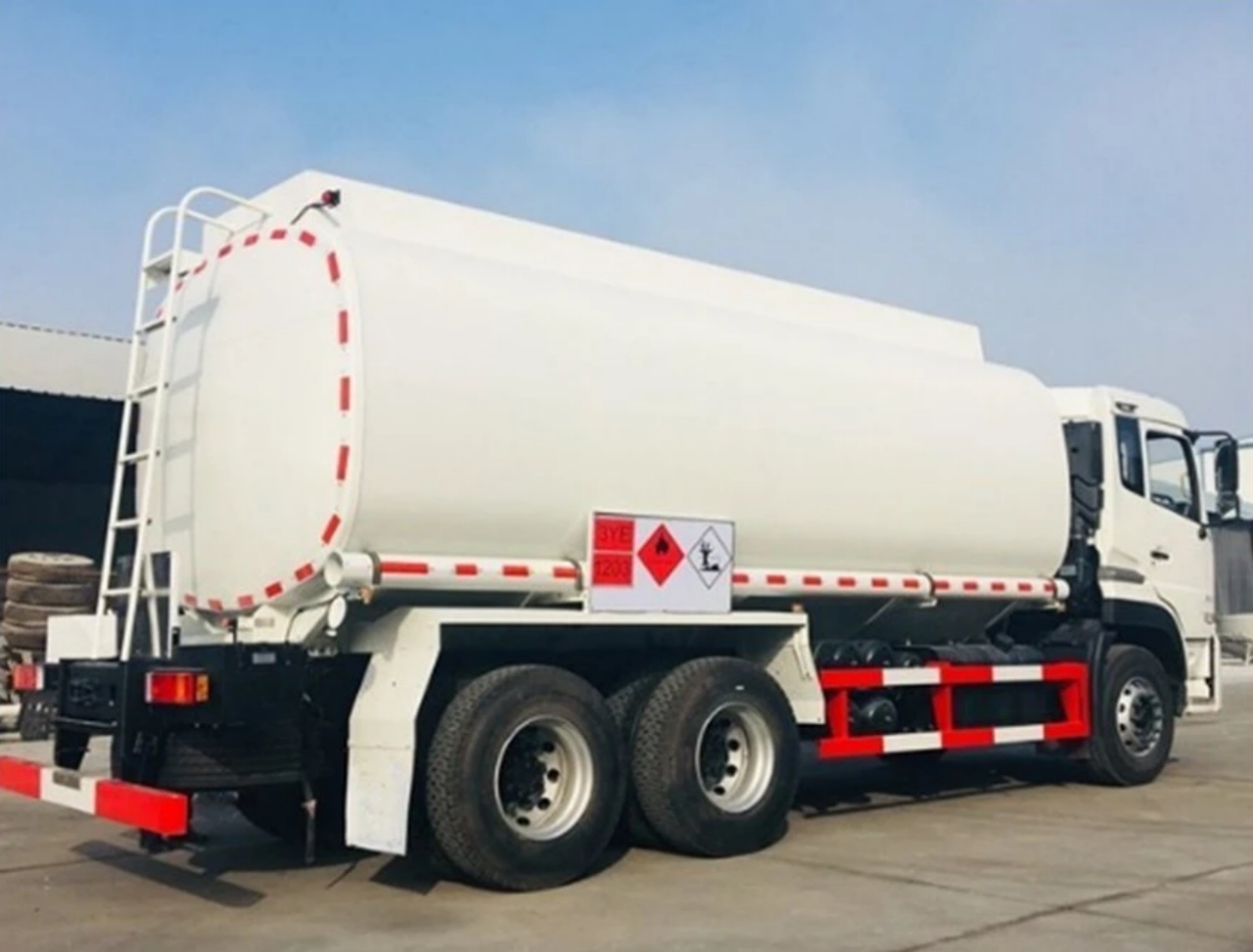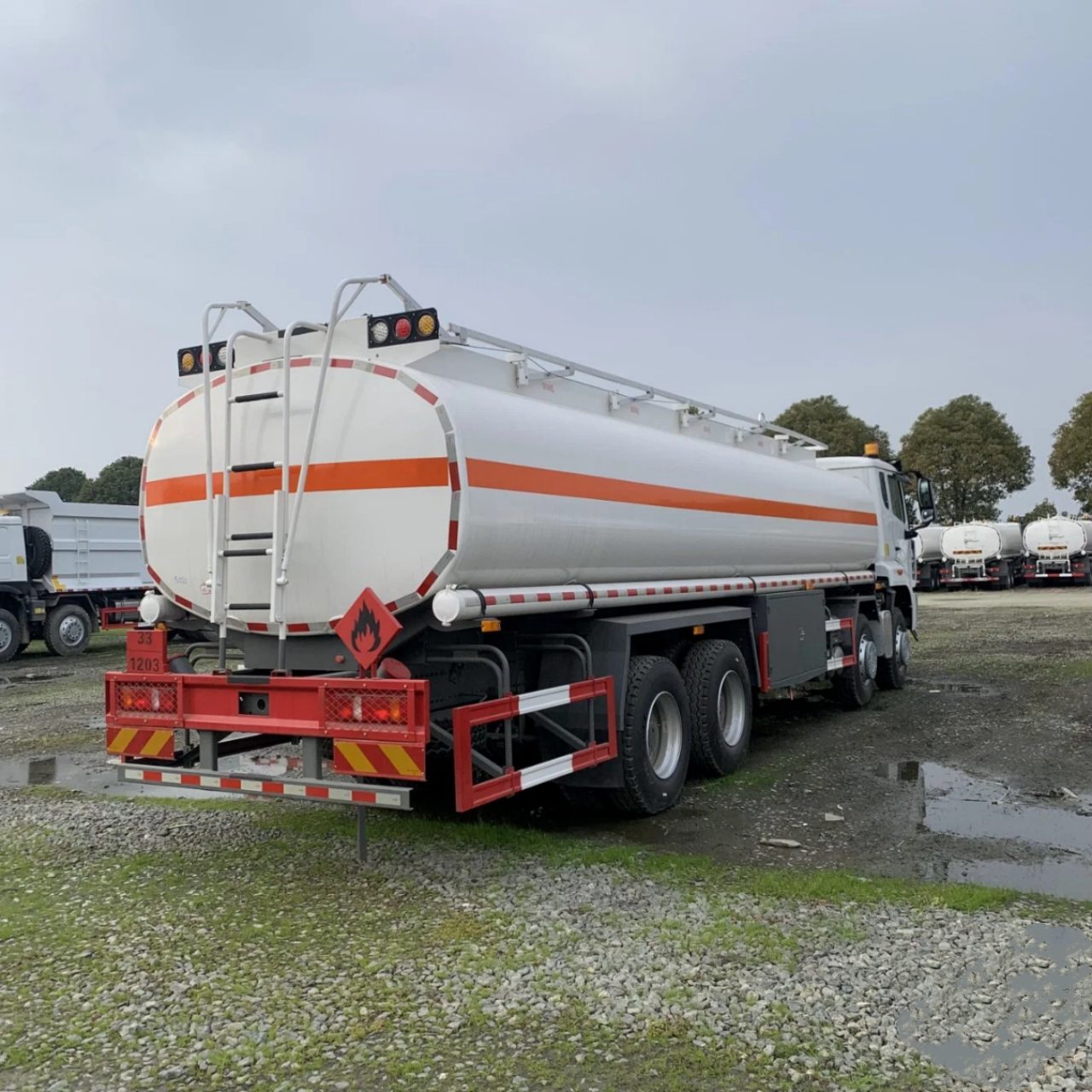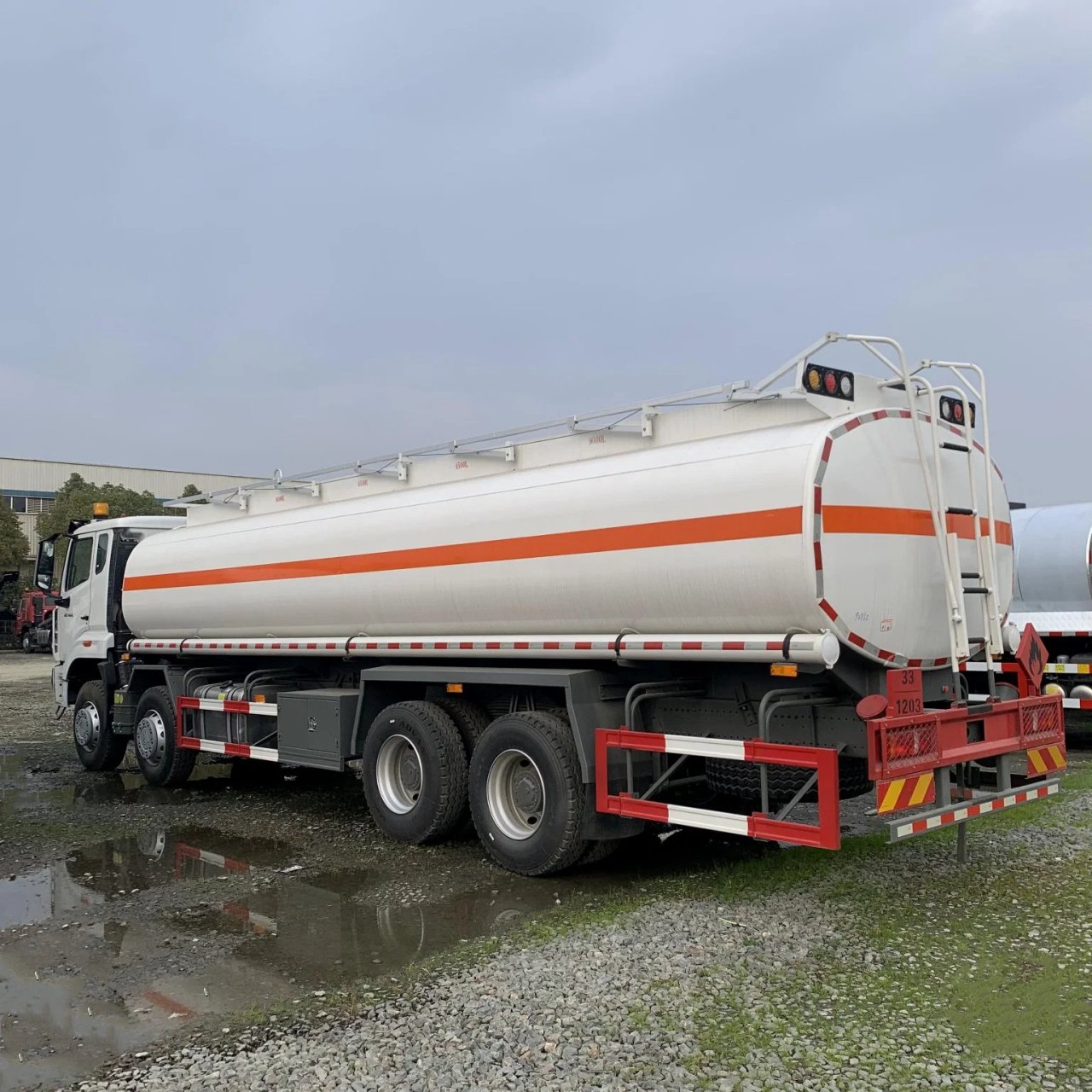Oil trucks are a common sight on roads around the world, transporting various forms of petroleum and related products essential to industries and households alike. However, the term “oil truck” is a general one and doesn’t accurately convey the diversity and specialization of these vehicles. In the transportation and logistics industry, oil trucks are referred to by specific names depending on their design, function, and the type of oil they are carrying. Understanding the correct terminology not only enhances communication but also provides insight into the complex world of petroleum transportation.
General Overview of Oil Trucks
At the most basic level, oil trucks are specialized vehicles designed to transport oil products safely and efficiently. These products can range from crude oil, refined fuels like gasoline and diesel, to lubricating oils and even heating oil. Due to the flammable and sometimes hazardous nature of these materials, oil trucks are engineered with rigorous safety standards, specific materials, and containment systems.
Depending on their role, size, and structure, oil trucks can be called by various names, each with its meaning. Below, we break down the common categories and names of oil trucks and explain what sets them apart.
1. Fuel Tankers (Fuel Trucks)
One of the most widely recognized types of oil trucks is the fuel tanker, often simply called a fuel truck. These are the trucks you typically see delivering gasoline or diesel to service stations. They are built with cylindrical tanks, usually mounted on semi-trailers, and are made of aluminum or stainless steel to prevent corrosion and handle volatile liquids.
Key characteristics:
- Designed to carry refined fuels (gasoline, diesel, aviation fuel)
- Compartments inside the tank for carrying multiple fuel types
- Equipped with safety valves, vapor recovery systems, and grounding devices
- Capacity ranges from 3,000 to 11,600 gallons (11,000 to 44,000 liters)
Fuel tankers are vital in keeping fuel supply chains running efficiently. They’re also regulated under hazardous material transport laws due to the flammable nature of their cargo.
2. Crude Oil Tank Trucks
When oil is extracted from the ground, it must be transported to refineries for processing. This job is often handled by crude oil tank trucks, also known as crude haulers or crude tankers. These trucks are typically larger and more robust than regular fuel trucks and are designed to carry unrefined, heavier petroleum.
Key characteristics:
- Used in upstream oil and gas operations
- Typically features a single large compartment
- Constructed for rugged terrain, often with off-road capabilities
- Capacity varies, but often in the range of 160 to 220 barrels (6,720 to 9,240 gallons)
These trucks are essential in areas without direct pipeline access, particularly in oil-rich regions like Texas, North Dakota, and Alberta.
3. Heating Oil Trucks
In colder regions, heating oil trucks are a familiar sight during the winter months. Also referred to as home heating oil delivery trucks, these vehicles deliver a type of diesel fuel used in oil furnaces for residential and commercial heating.
Key characteristics:
- Smaller in size for urban and residential deliveries
- Equipped with a metering system and a hose reel for accurate dispensing
- Often include onboard computers for route management and billing
- Typically carry 2,000 to 5,000 gallons of heating oil
While these trucks may resemble small fuel tankers, their design and accessories are tailored for door-to-door service and easy maneuverability.
4. Lubricant Trucks (Lube Trucks)
Lubricant trucks, also known as lube trucks, are used to deliver engine oils, hydraulic fluids, transmission fluids, and other lubricants. They are commonly seen servicing industrial equipment, construction machinery, and fleet vehicles.
Key characteristics:
- Multiple tanks or compartments for different types of lubricants
- Dispensing pumps and metering systems for each product
- Hose reels, filters, and safety shutoff valves
- Sometimes combined with waste oil collection systems
Lube trucks are essential in preventive maintenance operations and help companies reduce downtime and maintain efficiency in large-scale equipment operations.
5. Oil Vacuum Trucks
While not primarily for delivery, oil vacuum trucks are used in the collection of used or waste oil. These trucks use powerful vacuum systems to extract oils from storage tanks, sumps, and spills.
Key characteristics:
- Equipped with high-capacity vacuum pumps
- Steel or aluminum tanks with special coatings for sludge and waste
- Often used in environmental cleanup, industrial maintenance, or oil recycling
- Tanks typically hold between 1,000 and 5,000 gallons
These vehicles play a critical role in oil recovery, environmental protection, and compliance with waste disposal regulations.
6. Tanker Semi-Trailers
For long-distance hauling, oil is often transported using tanker semi-trailers. These large trailers are pulled by tractor units and can be adapted for different types of oil, including crude, fuel, and lubricants.
Key characteristics:
- Interchangeable trailers provide logistical flexibility
- Configurable with multiple compartments
- Pressure and temperature control systems for sensitive loads
- Ideal for cross-country or interstate transportation
These trailers often fall under DOT (Department of Transportation) classifications such as DOT 406, 407, or 412, depending on their cargo and pressure ratings.
Other Names and Classifications
Depending on the region, oil trucks may also be referred to using industry-specific or local terminology:
- Petrol Tankers – Common in British English for gasoline trucks
- Fuel Bowsers – A term used in aviation and military contexts
- Articulated Tankers – Used in Europe for tractor-trailer combinations
- Bulk Liquid Tankers – A more general term used in logistics
Conclusion
So, what are oil trucks called? The answer depends on the type of oil being transported and the function of the truck. From fuel tankers delivering gasoline to your local station to crude haulers moving unprocessed oil from the wellhead to refineries, the world of oil trucks is diverse and highly specialized. Other names, such as heating oil trucks, lube trucks, and vacuum oil trucks, reflect the specific role each vehicle plays in the broader petroleum supply chain.
Understanding these distinctions is valuable not just for logistics professionals and fleet operators, but also for everyday consumers curious about the massive effort behind transporting the fuels and oils we rely on daily. As the energy industry evolves, especially with increasing interest in biofuels and alternative energy sources, the design and terminology of oil trucks may also change. But for now, the names we’ve explored remain central to the oil transportation landscape.






